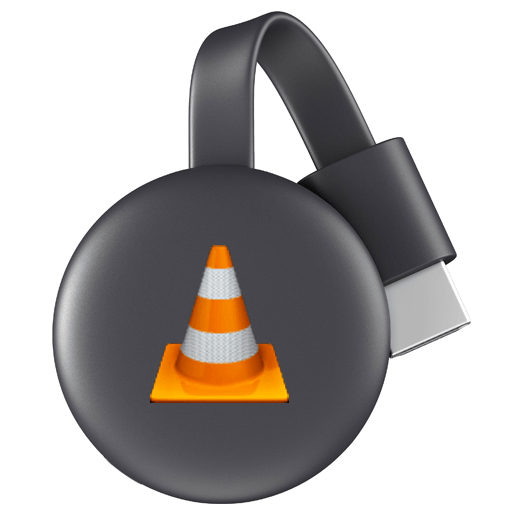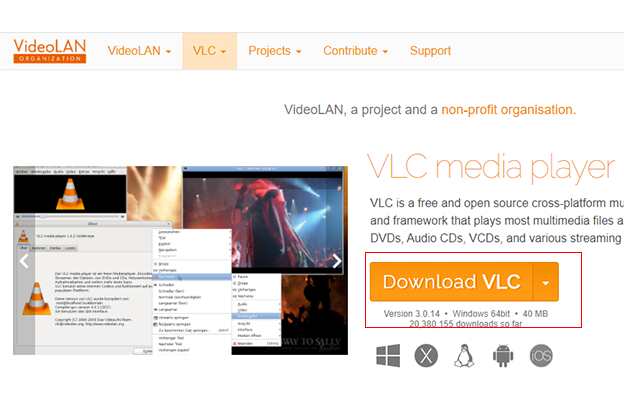

Or, to just stop playback from the Chromecast and watch or listen on your computer only, return to Step 2 above but choose. Hit the stop button in VLC to quit playing the video or audio file on both the TV and your computer.If you know VLC won’t handle the file unless it’s been converted, consider converting the file to something compatible before adding it to VLC. Conversions might take a long time, especially if you’re trying to cast a long video.So, you can now easily use VLC media player on PC to stream music and video to Chromecast and Chromecast Audio. From there, you might have to hit the play button to start the video/audio. Chromecast support was finally introduced in VLC media player 3.0. Another way to cast media files from your computer to your TV via Chromecast is to first open the file in VLC and then connect to the Chromecast as described in Step 2 above.If the file doesn’t start, click play in VLC.

The video or audio file should begin to play immediately after VLC connects to the Chromecast, but you might have to wait a several seconds depending on the speed of your computer and network.With your Computer and Chromecast connected to the same WiFi, you should be able to see your Chromecast detected. Then under the Playback Menu Choose Renderer. First play back your video on VLC and pause it. You can also play other things through Chromecast, like Netflix, YouTube, a Chrome tab, or even your entire desktop, but none of those things require VLC. Here’s how you use VLC Media Player as a video player for Chromecast in Windows. Popular ones like MKV, MP4, FLV, MP3, and WMA.Ī “Performance warning” notification shows up and nothing is playing on the VLC accepts lots of file formats, including


 0 kommentar(er)
0 kommentar(er)
